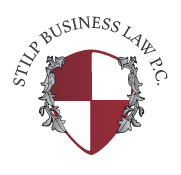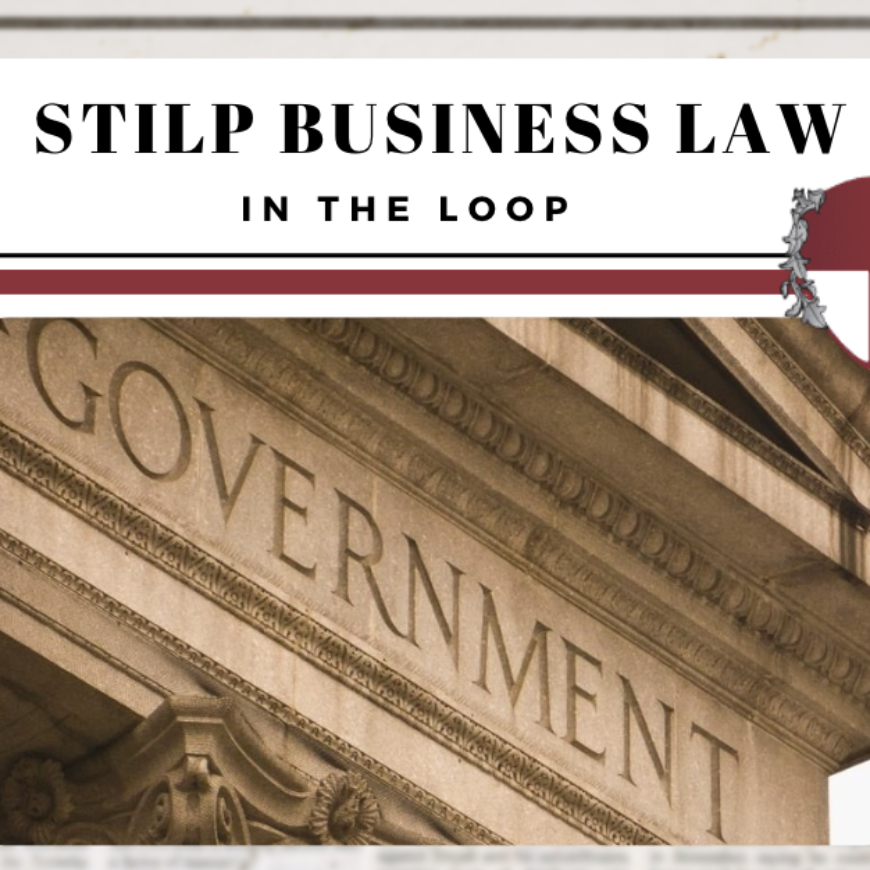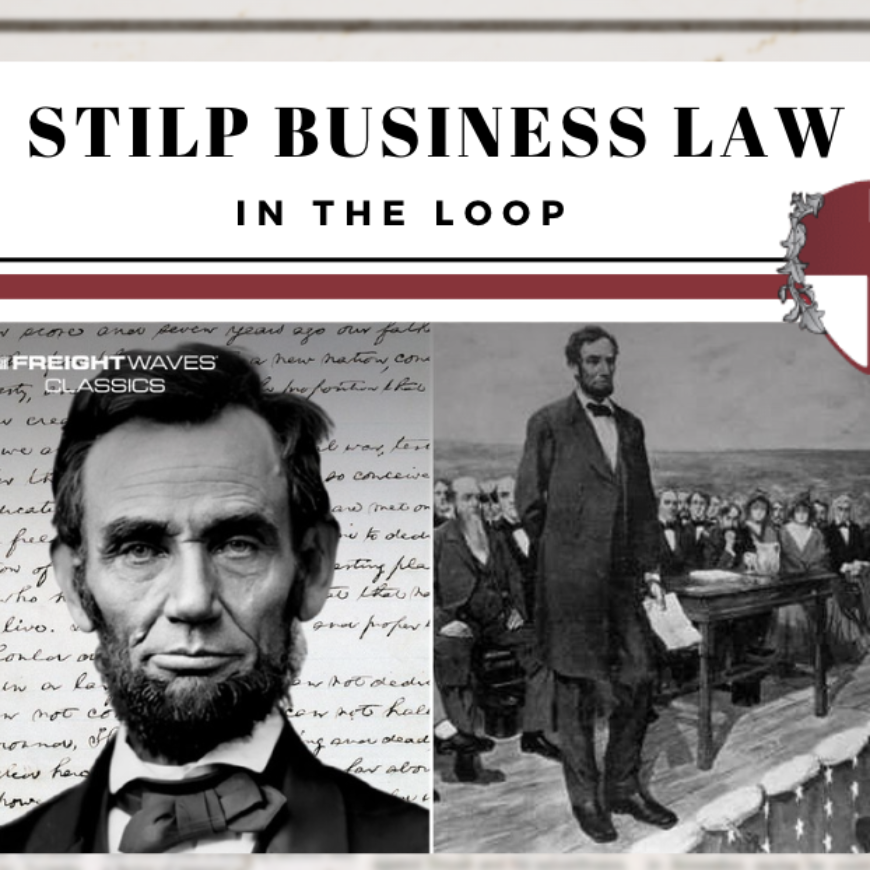Thomas Stilp, JD, MBA/MM, LLM, MSC
Free speech is not anonymous. As an attorney, we use written argument, in all shapes, written and oral. It is required, by law, that each attorney acknowledge, under threat of sanctions, the arguments made. But in other areas, people want the freedom to argue, free of attribution to their own speech.
When former Attorney General Jeff Sessions spoke at Northwestern University, there was national attention, not over Sessions, but over the apology the school paper gave to student protestors who complained that coverage of their protest was “invasive” and violated their “safe space.” (Chi. Trib., The Daily’s coverage of Jeff Sessions: A teaching moment for Northwestern, Nov. 13, 2019, Sec. 1, p 13).
There are many problems here.
First, free speech is not anonymous. If you say something, it is you – you are speaking. You don’t get to say something, then avoid taking credit for what you said.
Second, free speech is just that – speech. It is never “loud noise.” Nor is it physical.
According to the news report, protestors “chanted,” “shouted,” “climbed through windows” and “pushed doors” to disrupt the speech. (The Daily Northwestern, Students protest Jeff Sessions’ speech, police presence, Nov. 6, 2019.)
Okay, number of issues here.
When you have to yell, or use force to overcome argument, you are really expressing that you have nothing persuasive to say to counter the other person’s words. For those of us who enjoy a good argument, this is not compelling. Indeed, this is a far-cry from debate and the classic study of rhetoric.
“Rhetoric is the art of influence.” Rhetoric “harnesses the most powerful of social forces: argument.” (Heinrichs, J. (2013). Thank You for Arguing, 1-141.) Rhetoric is used to overcome another’s argument, where the best ideas win out. Rhetoric is “the conscious development of an inventory of phrases and argumentative devices coupled to a nurtured understanding of human personality and motivation so as to better align an audience towards a specific set of interests without recourse to threat or compulsion.” (Holt, R. (2006). Principals and Practice: Rhetoric and the Moral Character of Managers. Human Relations, 59 (12), 1659-1680, at p. 1667). (Sorry to Professor Randy Iden at Northwestern’s School of Communication for my truncated analysis on rhetoric.)
Next, climbing through windows and pushing doors is not just counterproductive, but legally, these actions have their own problems. Yes, assault (which is the threat of the use of force), and battery (which is the use of force), are present, but the federal law actually defines “terrorism” as the use of violence or the threat of violence in the pursuit of political objectives. 38 U.S. Code § 2656f; 28 Code of Fed. Reg. §0.85.
Admittedly, it is easier to review the situation from a bird’s eye view weeks after the chaos of the event. Much like Alfred Hitchcock’s 1963 classic, “The Birds,” we can observe history with the distance only time brings, just as the birds fly overhead and watch the human disaster unfold below when a man lights a cigarette near leaking gasoline. But only humans can decide how to act. Truth comes slowly through knowledge, and is acquired by hearing both sides of the debate, then choosing the better position.
As someone with several degrees from Northwestern, I would encourage speakers and protestors alike to read the statement about “truth” on the Great Seal of the University:

As trusted legal counsel, we’ve represented businesses, professionals and entrepreneurs for over 30 years.
image cred: https://news.cornell.edu/stories/2018/05/psychologists-there-no-alternative-free-speech



